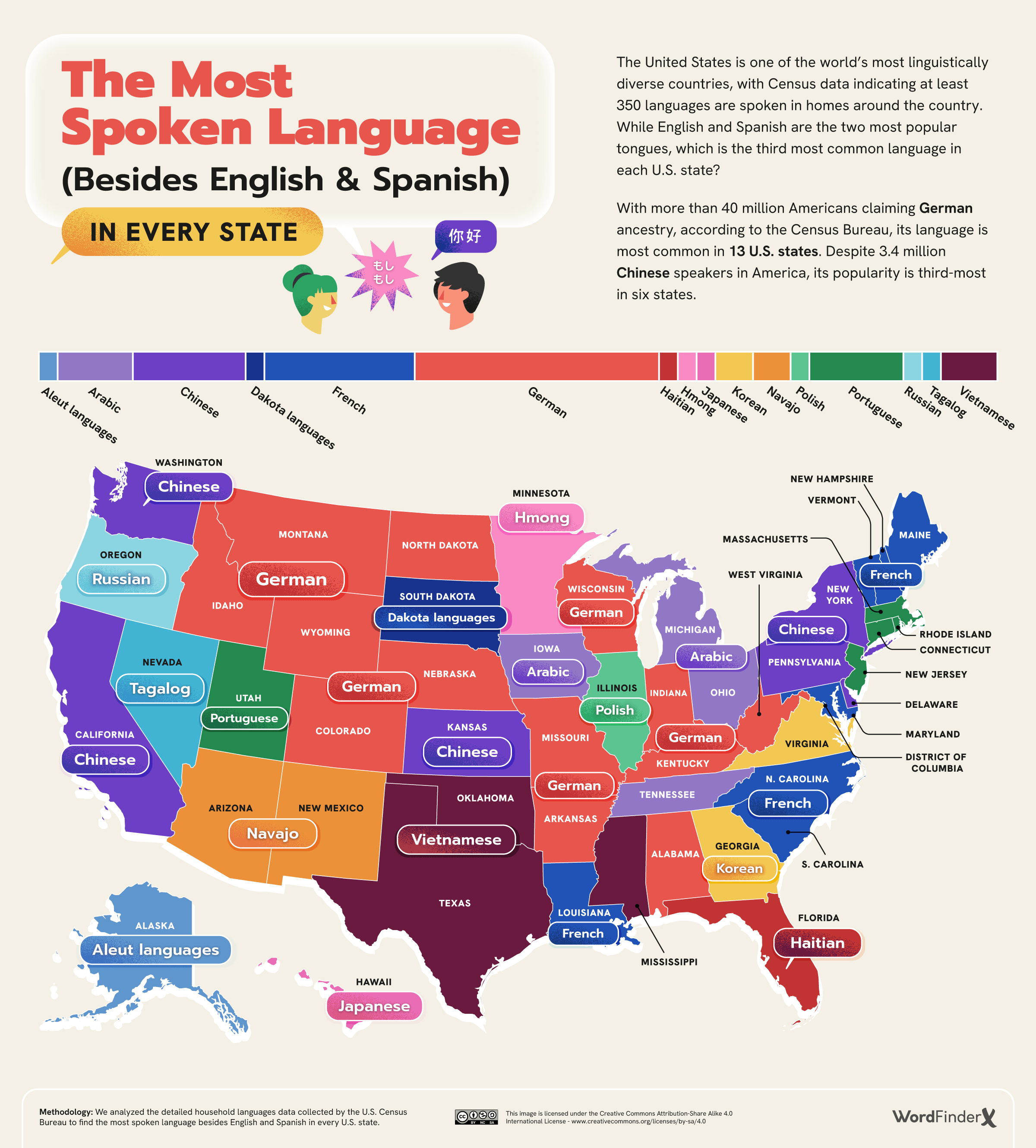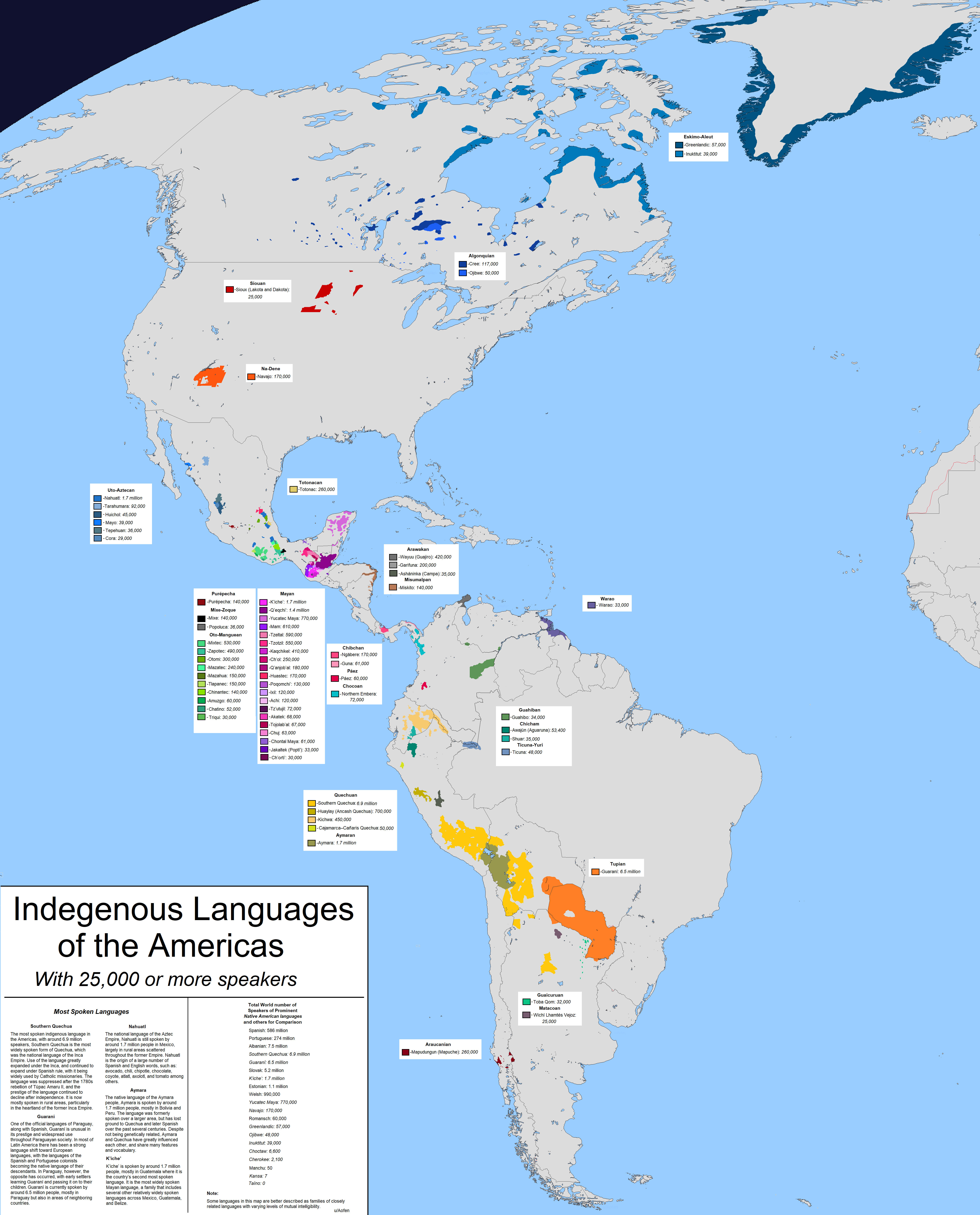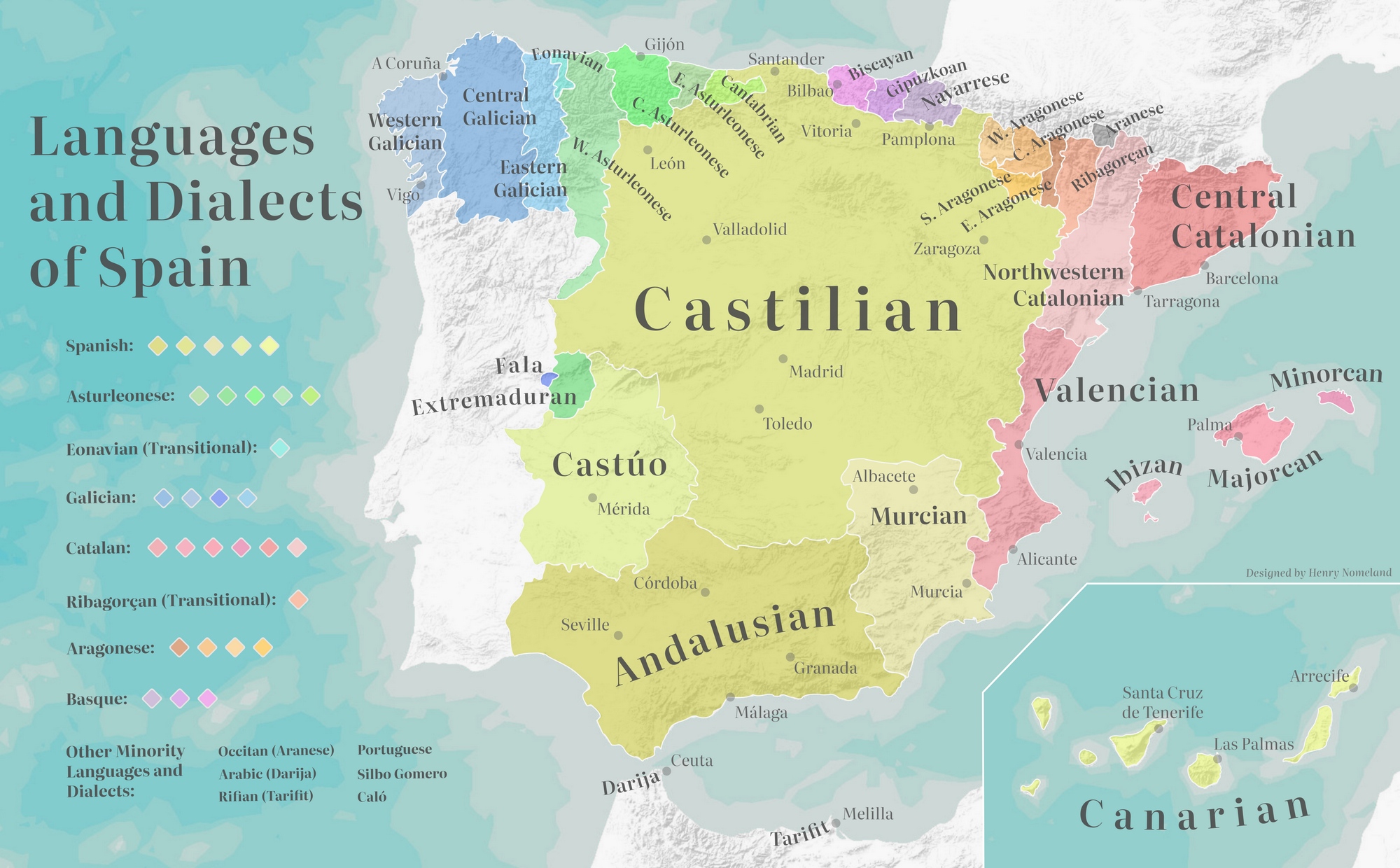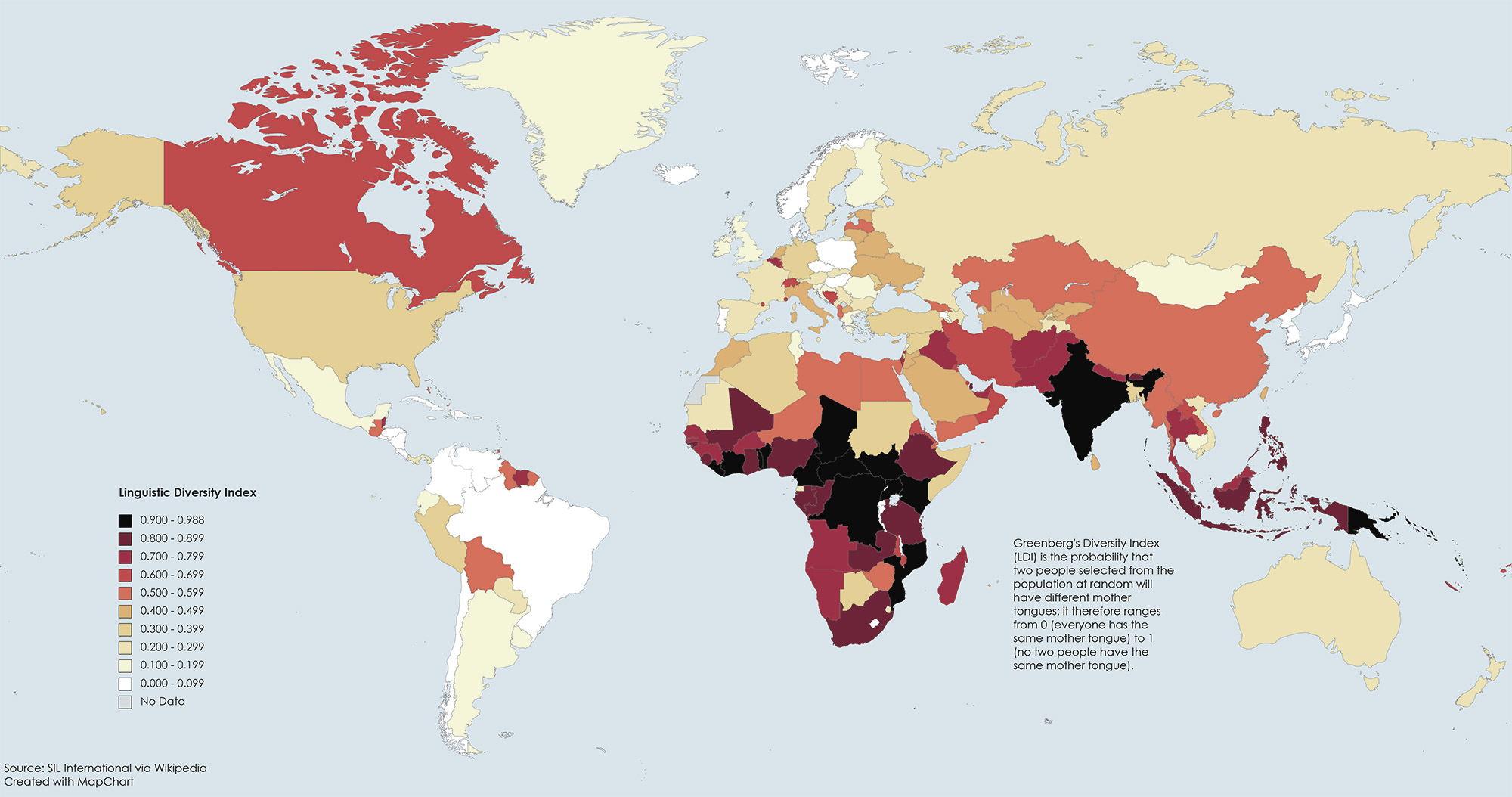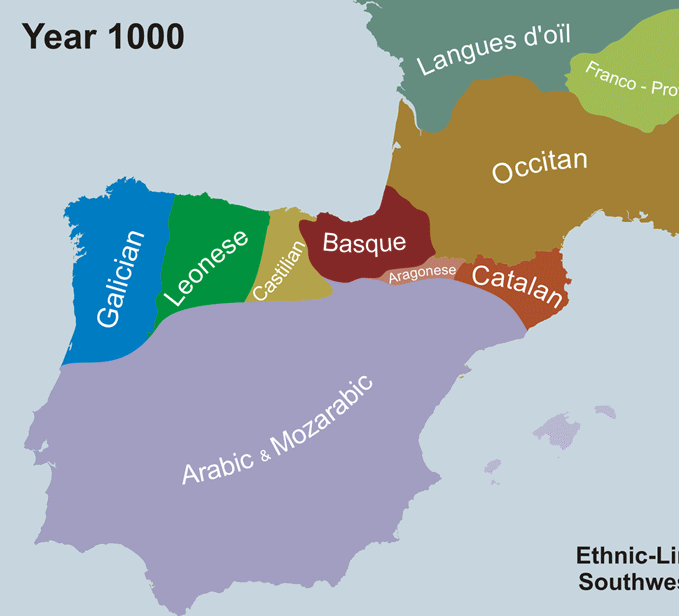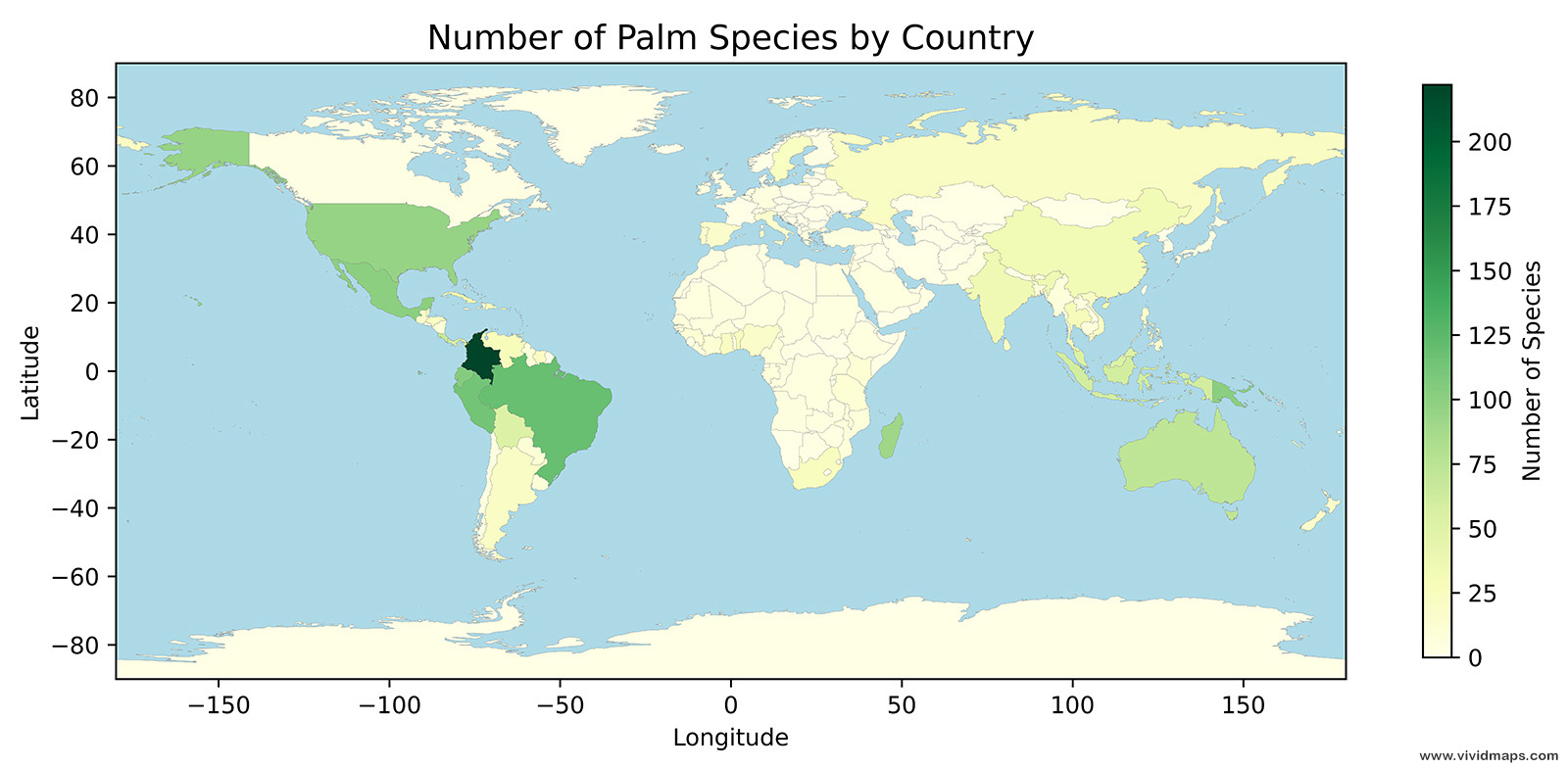Languages of South America Mapped
South America boasts a vibrant linguistic landscape shaped by its diverse history and cultural heritage. The continent is predominantly Spanish and Portuguese-speaking, owing to the colonial legacies of Spain and Portugal. Spanish is the dominant language across much of South America, spoken as a primary or secondary language in countries such as Argentina, Chile, Peru, and Colombia. Similarly, Portuguese holds sway in Brazil, the largest country in South America.
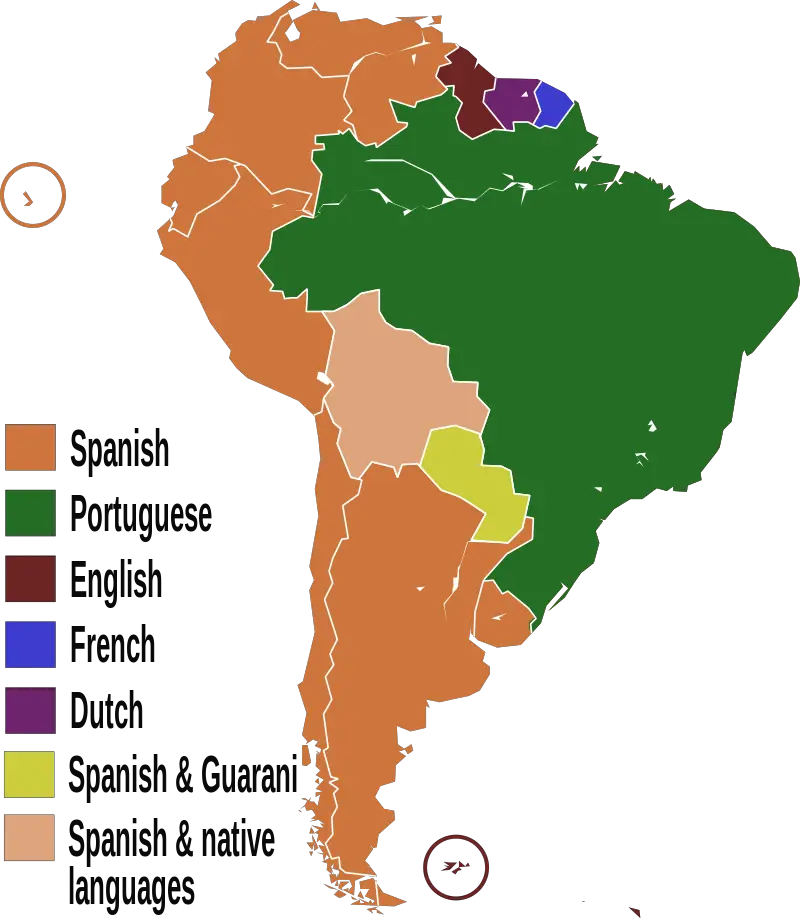
However, beyond these colonial languages, South America is also home to a rich tapestry of indigenous languages.
Quechua, spoken primarily in the Andean regions of Peru, Bolivia, Ecuador, and parts of Colombia, is one of the continent’s most widely spoken indigenous languages. Another significant indigenous language is Guarani, spoken by the Guarani people in Paraguay, where it holds official status alongside Spanish.
Additionally, Aymara is prominent in the Andean regions of Bolivia, Peru, and parts of Chile. South America’s linguistic diversity extends to numerous other indigenous languages, including Mapudungun in Chile, Wayuu in Colombia and Venezuela, and various Tupi-Guarani languages in Brazil.
In the early 16th century, indigenous languages pervaded the whole South American subcontinent. Population estimates from this time period vary widely, ranging between ten and twenty million inhabitants.
The number of existing tribes and ethnic groups is estimated to be around 1500-2000. However, for many historically known ethnic groups, no records of their languages exist, and a significant number are now extinct. Currently, there is only documentation of approximately 550 or 600 languages, with approximately 180 of them considered completely extinct.
The map below shows the major language families of South America other than Quechuan, Aimaran, and Mapudungun, which expanded after the Spanish conquest.
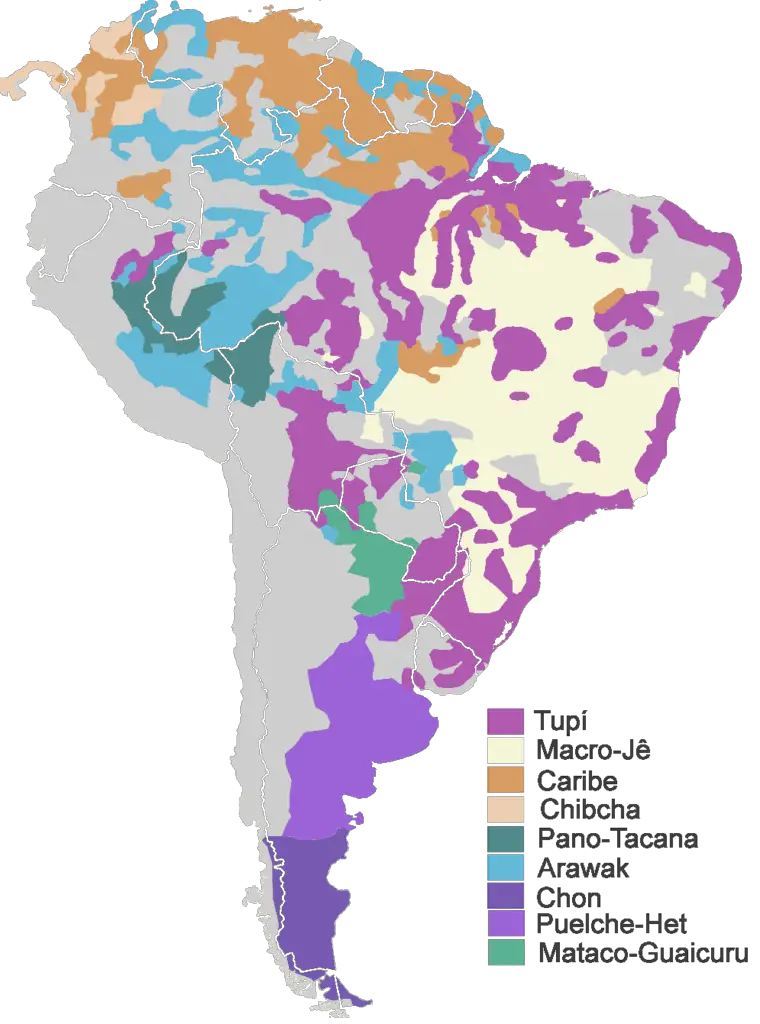
Indigenous languages of South America still exhibit remarkable diversity, with about 600 languages spoken across the continent. Many indigenous languages are endangered, highlighting the urgent need for preservation efforts. These languages often serve as repositories of traditional knowledge and cultural heritage, playing a vital role in preserving indigenous identities.
Do you want to know more about the languages of the world? These books are sure to captivate your interest.



